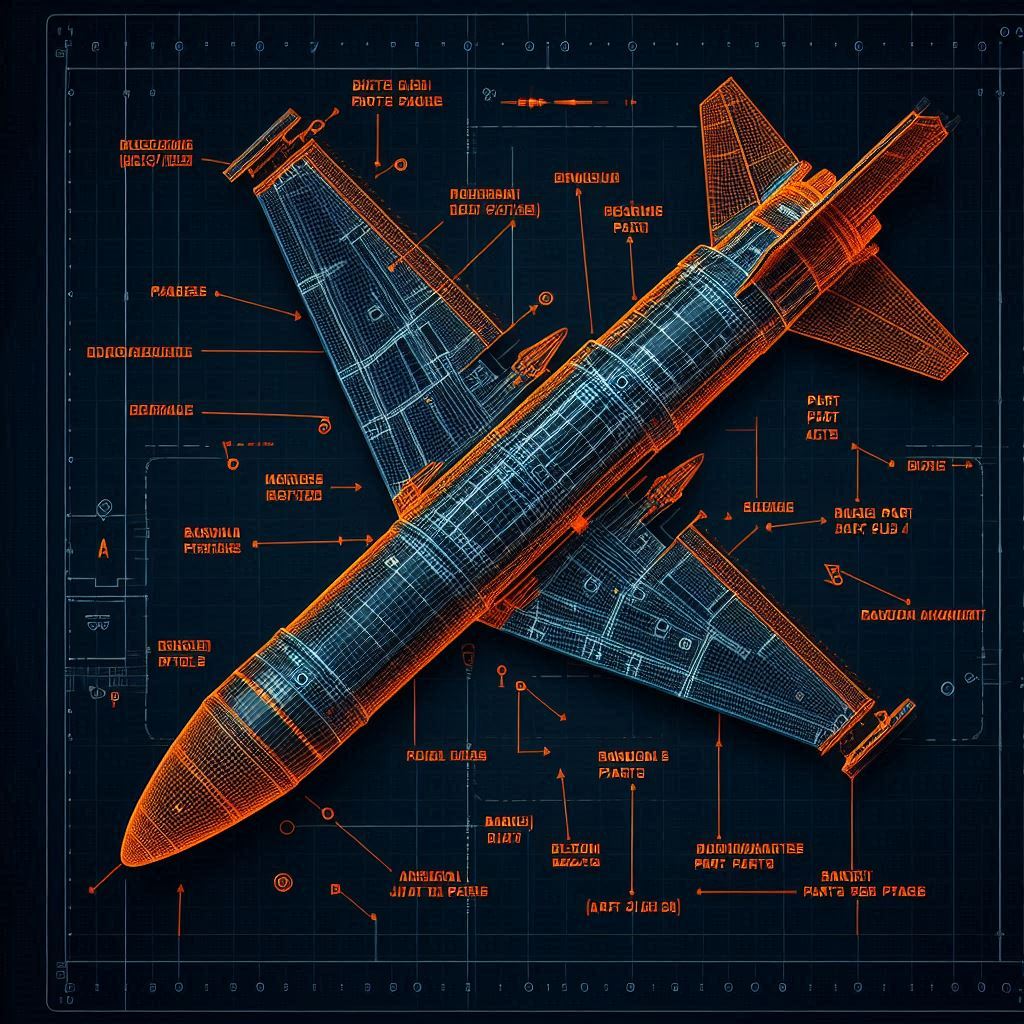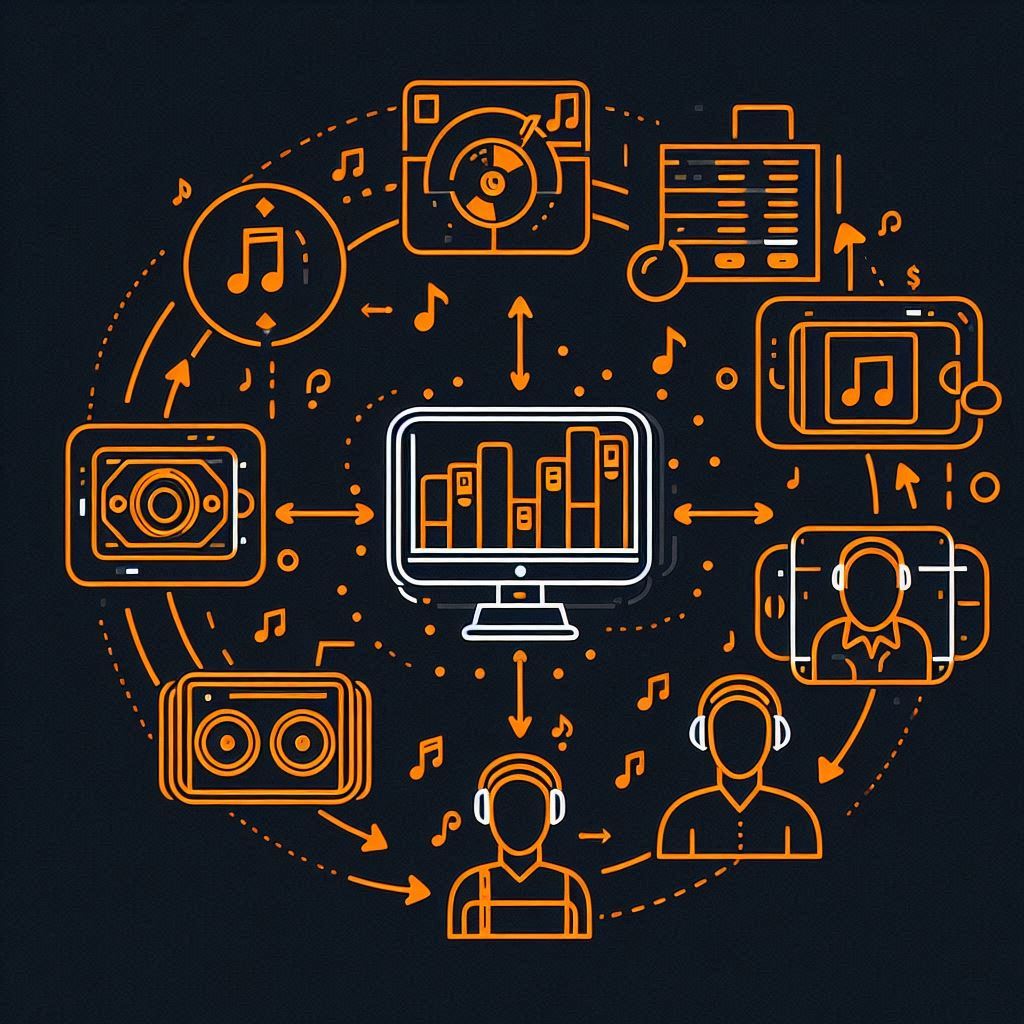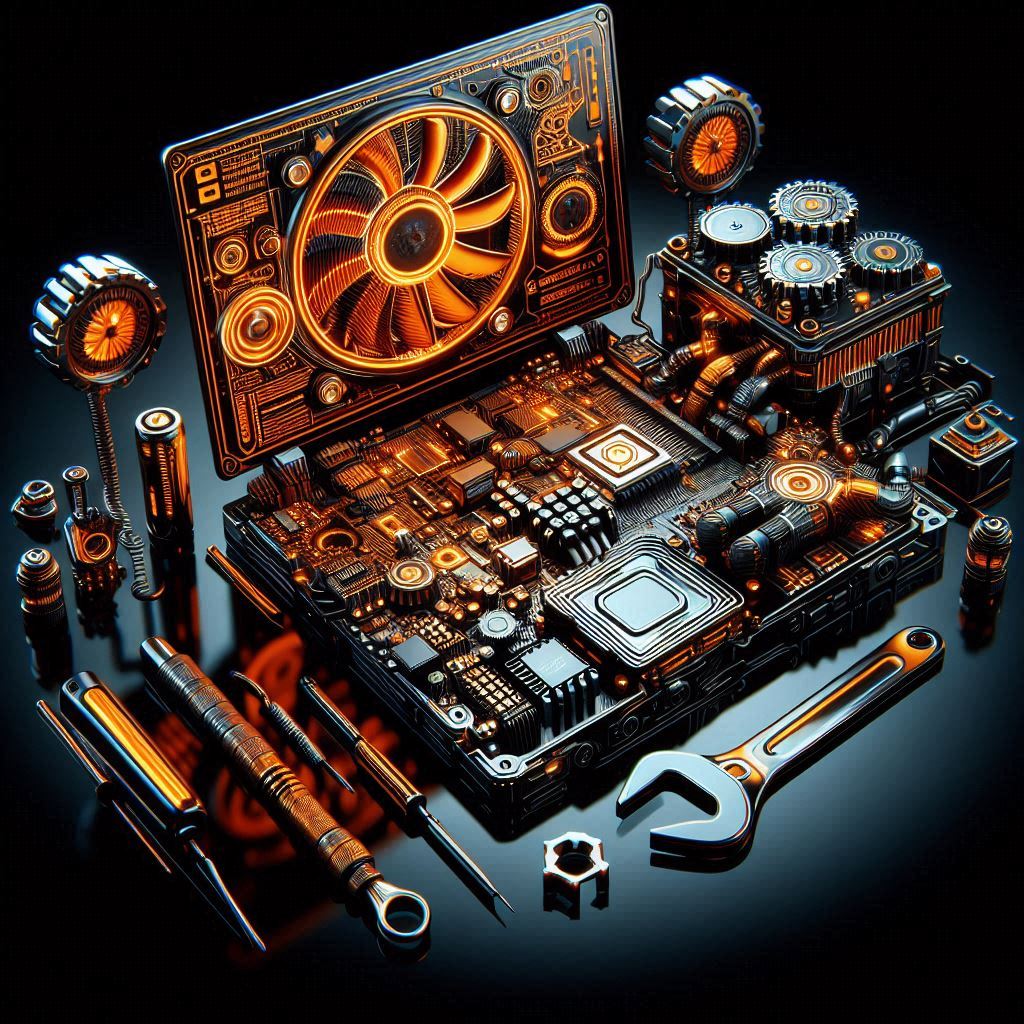The Origin Story
.. from curious kid to professional engineer

Even as a child, I remember fishing through my father's tool boxes for something appropriate to prise open a toy and see how it all fit together. This led to the dismantling of almost every product I've owned or purchased over the years—stripping them down into their component parts and attempting to reassemble them after careful examination, all with varying degrees of success.
I find beauty in the amazing engineering that goes into the parts customers never see. There's pride and ingenuity hidden behind product facades that most people never notice.
I studied electrical and electronic engineering at university, but spent much of my free time in the basement with the experienced technicians who managed the lathes and heavy cutting machinery. University was transformative because I had access to production equipment usually reserved for students on specific courses, giving me hands-on experience across multiple disciplines.
My first role was with BAE Systems as an integration engineer. Knowledge was compartmentalized across different teams working on isolated components, so understanding how systems functioned holistically was held by only a few engineers—and I was fortunate to be among them. The precision required in defense systems engineering far exceeds general engineering applications. We performed extremely detailed mathematical analysis for every aspect of our work, because mistakes simply weren't an option. This level of rigor was ingrained early in my career and has served me well in every position since.
This role also introduced me to another constant in my professional life: self-directed learning. There was no clear system for managing the documentation flowing in from various teams working on the same projects. This information needed categorization, centralization, and cross-referencing so my team could access critical information readily. This challenge led to my first deep dive into databases and information management systems.
The Evolution
.. from defense systems to business transformation

The transition from pure engineering into business as a database developer and technician might appear daunting, but I embraced the challenge by spending time with those responsible for predictive modeling. I identified several improvements, including replacing outdated mathematical techniques with chain ladder theory, where missing data points could be better predicted based on surrounding values relative to their positions. This led to a breakthrough in filling missing data for black book vehicle prices, providing more accurate valuations that were fundamental to insurance underwriting.
At Affinix, I learned about client relationship management at scale—building systems that could handle 40,000 concurrent users across 50+ branded websites. Later, at Global, I discovered the revenue potential hidden in data when I built the Commercial Links Service. This system generated hundreds of thousands in revenue by simply connecting our listeners to the music they were hearing on platforms like iTunes and Amazon.
This approach of understanding the whole system before optimizing it became my signature methodology.
A consistent pattern emerged in my career: I'd start in a position with specific objectives, work my way through all components of the business, identify what was working and what wasn't, develop solutions and strategies, then present my ideas and opportunities to senior stakeholders and owners.
Hard Problems, Real Solutions
.. when failure simply isn't an option

At Mears Group, I learned that technical excellence means nothing if you don't understand the business context. We were managing government contracts for social housing maintenance, and the real challenge wasn't the code—it was understanding how field operatives actually worked, what information they needed, and when they needed it.
The best technical solutions come from a deep understanding of the business and the problem you're trying to solve.
The business would later go on to secure a lucrative care contract and I was given the task of building an extremely complicated multithreaded scheduling system. This was another example of critical programming where any mistakes or bugs were simply not an option—missed appointments for vulnerable patients could ultimately result in injuries or fatalities. The system had to be flawless, and understanding both the technical requirements and the human impact was critical to getting this right.

I held multiple positions at Pro:Direct Sport over ten years, starting as a senior developer and progressing to "Software Architect for Innovation." Within weeks of starting, I was asked to work with struggling development teams that were no longer productive. This involved understanding their issues and removing their blockers.
I later ran a small research and development team where we investigated exciting opportunities that have since been integrated into the operational business. Throughout my time there, I spent considerable time talking to people across all areas of the business—from picking to personalisation—to understand their day-to-day pain points. Simple improvements could often make a world of difference to people's working day, freeing them up to be more productive and creative in their own areas of expertise.
Over those ten years, I achieved many things that I consider a testament to my ingenuity within the business. But predominantly, I solved the hard technical issues that others didn't want to touch, and I was happy to do so.
Baptism of Fire!
.. leading through transformation & emerging AI

Joining Landmark Information Group as Lead Cloud Software Engineer was a baptism of fire—my first day involved debugging production code to resolve a critical server outage. Rather than being overwhelmed, I used this as an opportunity to rapidly understand the business from the ground up, diving deep into their products, platform architecture, and existing systems while learning the vision and rationale driving the company forward.
This foundation allowed me to become an effective leader who consistently delivers results, particularly on projects where other teams have struggled. I identified that existing development processes were stifling rapid application delivery and implemented fundamental changes to address this. While my initiatives weren't immediately welcomed, they proved their worth when other teams adopted them to meet challenging deadlines.
The timing of my role at Landmark coincided with the emergence of Large Language Models—technology that's accelerating change at an unprecedented rate.
My natural curiosity about new technology led me to lean into this opportunity and explore its potential. I've since become one of the few people responsible for implementing AI into standard business practice at Landmark, successfully integrating this technology across multiple touchpoints in both operational processes and product development.
Business First, Technology Second
.. making technology fit your business, not the other way around

After 25+ years of applying different technologies to solve business problems, I've learned that every new technology follows the same pattern: hype, confusion, then practical application. AI is no different.
The businesses succeeding with AI aren't the ones chasing the latest models or trying to implement AI everywhere. They're the ones who understand their business operations deeply enough to know where intelligent automation can create genuine competitive advantage.
AI is just another tool in the toolkit—but it's a powerful one when applied correctly. The key isn't the technology itself; it's understanding your business well enough to know where and how to apply it.
That's what I bring to every engagement: 25+ years of learning how different technologies solve real business problems, and the experience to know which tool fits which challenge. Sometimes that's AI. Sometimes it's not. But it's always about understanding your business first.


